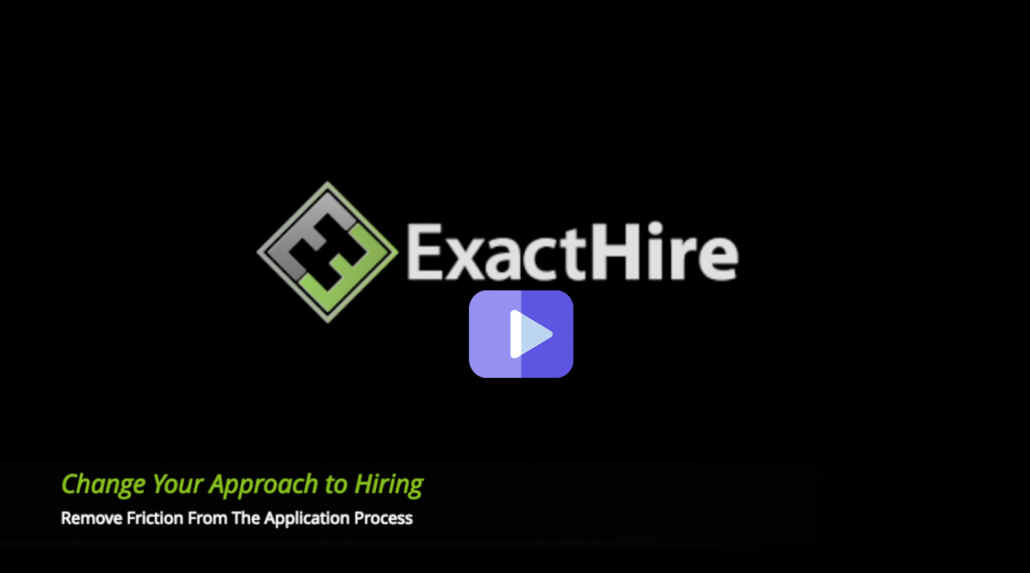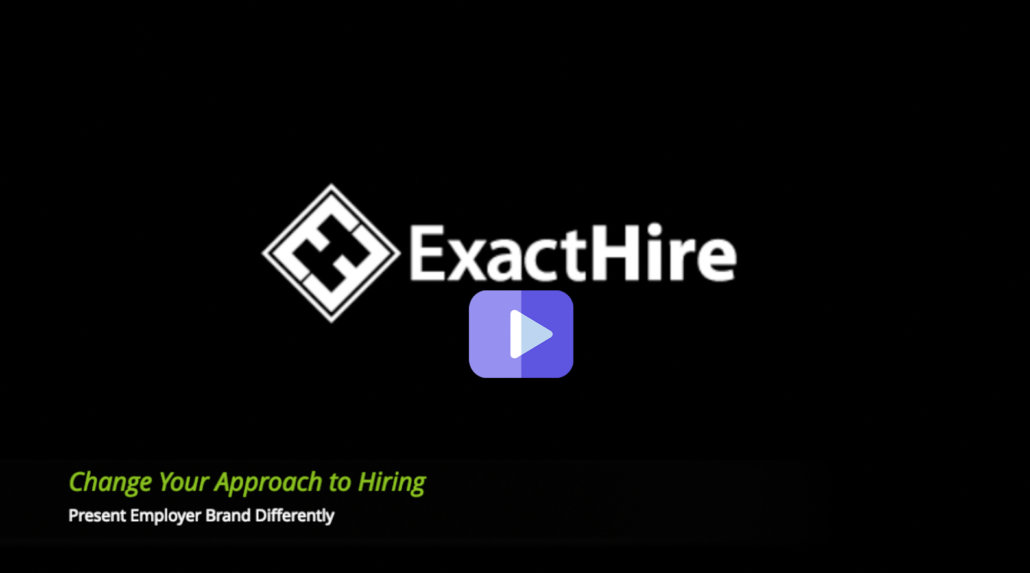Best Ways to Attract Applicants to Apply
If you’re having trouble attracting talent to your workplace, you’re not alone. The U.S. has 11 million job openings, but only 7.7 million applicants to fill them. That means companies like yours have to work hard to attract applicants. The big fish like McDonald’s and Amazon are raising their wages to recruit candidates.
But small and medium-sized businesses, still reeling from the pandemic’s economic downturn, can’t write big paychecks to attract employees. Many small businesses are getting by on shortened hours and fewer employees. But these emergency measures can only work for so long before customers start taking their business elsewhere.
Fortunately, unemployment claims are finally inching downward. But that isn’t a light at the end of the tunnel. The U.S. is still missing over 4 million workers who are sitting out the labor force because of COVID concerns, family obligations, and other reasons. Small and medium-sized businesses are still in a cut-throat competition with big chains to attract quality talent. Luckily, many of the best ways to attract applicants don’t require deep corporate pockets.
Get Job Applicants to Apply
Figuring out how to get job applicants to apply to your company begins with your employer brand and your employer value proposition. In other words, what are you doing to make your company a place where people want to work?
Start by checking your company’s reviews on Glassdoor, LinkedIn, and Indeed. These sites will give you valuable feedback about what employees really think about working for your company. They also influence candidates, who will forgo applying to your company if they read negative reviews.
But don’t wait for employees to voice their grievances online. Consider conducting an anonymous employee survey to uncover potential problems as well as those things that make you a great employer. Most importantly, after you’ve collected your feedback, act on it.
Consider also the obstacles job seekers are facing. Nearly 1.5 million of those missing from the workforce are mothers with school-aged children. Schools may be welcoming children back into the buildings, but parents still aren’t off the hook when it comes to COVID. As the virus sweeps through the classrooms, children are forced home to quarantine or recover. Revisit your policies and examine ways you can support working parents juggling jobs and children.
Many workers are also staying home due to COVID concerns. Vulnerable populations are still susceptible to serious illness, even with a vaccine. Unemployed workers caring for aging parents or unvaccinated children may be waiting until the virus is better controlled. You can encourage these employees to return to the workforce by maintaining your COVID precautions or implementing a remote work policy.
Best Place to Find Job Candidates
To know how to find good candidates for jobs, you need to know the best places to go. Most companies assume they’ll find the best candidates on Indeed and LinkedIn. But there are countless job sites out there, and your ideal applicants may be on smaller, niche job boards.
Are you tracking recruitment success rates across job sites? If you use an ATS that includes applicant source reports, you can know which sites are the best places to source employees for your industry. ExactHire ATS can filter source reporting by applicant status, so you’ll know which job sites are netting low quality talent and wasting your time.
Use social media to boost your online recruiting success. The people who follow you on Twitter, Facebook or Instagram already have a positive view of your company. Even if these users aren’t looking for a job themselves, chances are they know someone who is. Take advantage of your followers’ social connections to find job candidates.
Don’t rely solely on the internet to source talent. Take advantage of job fairs, universities, and your local employment office. Implement an employee referral bonus. According to Statista, referrals were a close second to LinkedIn as the most effective source for staffing firms. New hires are more likely to become successful long-term employees when they come from an existing employee’s network.
Create a talent pool of previous applicants to source your future hiring needs. Oftentimes, your hiring decision is a close call between two or more applicants. You can keep in touch with those who didn’t get the job. Of course, you need to implement a stellar candidate experience so rejected candidates will still want to work for your company.
Creative Ways to Attract Talent
These basics will go a long way in helping you attract and retain talent. But in the current labor shortage, you’ll need creative ways to attract candidates.
When you’ve ironed out your employer value proposition and you know the core benefits your company offers employees, create content to get the word out. Your branded careers site is the perfect place to showcase employees’ individual accomplishments. You can also create videos to give candidates a feel for what it’s like day-to-day in your workplace.
Create a lot of recruitment-related content and spread it around the internet. Think about all the things potential applicants want to know about your company. For example, on Medium.com, you’ll find articles about “How to Get a Job at Amazon” and the “5 Things You Need to Know Get a Job at Facebook.” You can post workplace photos on Instagram and links on Twitter. Or upload recruiting videos that highlight your culture to YouTube.
Consider joining a virtual job fair or hosting your own. If you haven’t seen job fairs in your local community, it could be that they’ve gone virtual. Search for virtual fairs locally as well as nationally to recruit candidates interested in moving. You can also create your own job fair. You can create a space in which job seekers can learn more and ask questions. Then, you can create meeting rooms where hiring managers can interview attendees.
Outside-the-Box Recruiting Strategies for Conversion
Up until now, we’ve focused on getting job seekers to want to work for your company. Now, it’s time to get them to want to complete your job application. The sad fact is most job seekers quit the application process. If you want to increase the number of completed applications you receive, think outside-the-box and consider your candidates’ perspective.
Your ideal candidate either already has a job or is so motivated to work that she’s made finding work her job. Either way, she’s too busy to fill out a long, complicated job application. And with so many jobs available, she doesn’t have to.
Make sure your application takes less than 15 minutes to complete. Your employer branding efforts may convince job seekers your workplace is amazing. But that doesn’t mean they’ll spend half a day filling out your job application.
Many candidates prefer the convenience of their mobile device when searching for jobs. Hourly workers may only have access to a smartphone. And many Millennials prefer using their smartphones to fill out job applications. In other words, regardless of the position for which you are hiring, you’ll attract more applicants if your careers page and application are mobile friendly.
Make sure your branded careers site contains an Applicant FAQs page. You can improve your candidate experience by providing an overabundance of information. Applicants will want to know how long the application will take, how to apply to multiple positions, and how to check on the status of their application, to name a few questions.
Your careers site and application form are your candidates’ first interaction with your company. Making these pages mobile-friendly and easy to use is your first step in creating an exceptional candidate experience. Your candidates’ experience continues during the interviewing and hiring phase.
HR Best Practices for Interviewing and Hiring
You can improve your candidates’ experience during the interviewing and hiring phase with these HR best practices.
- Clearly communicate during each phase of the hiring process using the candidate’s preferred method. An ATS that incorporates text recruiting, message templates and interview scheduling can help.
- Introduce interviewees to the team and take them on a tour of the workplace. You’ll demystify your workplace and allay candidates’ anxieties.
- Provide a lot of information. Tell candidates whom they’ll meet with. Give them detailed instructions on where to park and what to wear. And tell them what to expect from your hiring process and your timeline.
- Follow-up with candidates who didn’t get the job. Give them gentle feedback and ask them for feedback about their experience. And don’t forget to wish them well in their job search.
A massive labor shortage on the heels of a debilitating pandemic is pushing too many small and medium-sized businesses into survival mode. But you can get back to your regular business hours and get on with serving your customers with these best ways to attract talent.
Attract applicants to apply by developing your employer brand and make genuine efforts to be a great place to work. Remove obstacles that are holding back 1.4 billion Americans from searching for a job. Then get creative with your recruiting efforts. Finally, create an exceptional candidate experience and create a talent pool to invite past candidates to apply again.
You have to work harder to attract applicants to apply to your company. But an ATS can make your recruiting efforts more efficient and save you time. Using ATS data and reporting features will help you implement the best strategies for finding candidates and avoiding time-wasters.
Contact ExactHire today to find out how our ATS can help you find quality applicants.
Photo by Nick Fewings on Unsplash






